
“I’m Better Than That”
This is the biggest lie in golf, and it’s one that every golfer I know has told.
Some golfers tell The Lie out loud, trying to protect their pride by tongue-lashing themselves. Others silently tell it to themselves after a bad shot. But no matter how it’s communicated, it’s a lie.
In this lesson, I’ll explain why that lie is hurting your game and how you can play better with a healthy dose of the truth.
This Lesson Is For You If:
You get frustrated with your game
You want to shoot better scores

“You Are What Your Record Says You Are”
This line from coach Bill Parcells cuts to the heart of The Lie. If you are the player who hit the bad shot, you aren’t better than the bad shot. That’s not to say that the bad shot is all that you are or that you aren’t capable of better sometimes, but denying that the bad shot is part of your game is folly.
The full grown version of The Lie is the player who says, “Well, I shot 94, but…” and then explains how they actually shot 85. It shows a detachment from reality that won’t help them improve. Those nine extra strokes were not the result of the golf course conspiring against them. The sooner they take responsibility for the mistakes they made, the sooner they will be on their way to fixing them.
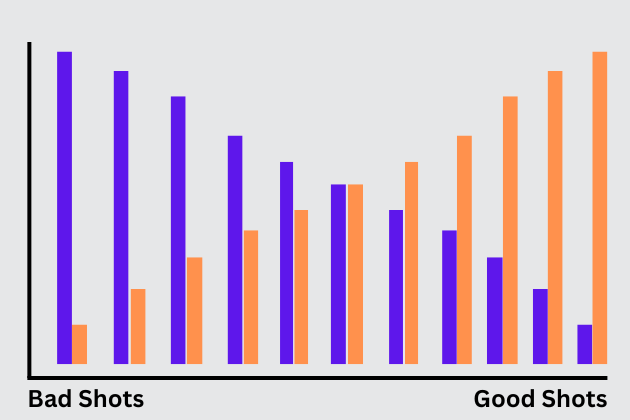
Understanding Peak, Range, and Probabilities
Every player has a range of shots that they’re able to hit. A 30 handicap can hit a solid approach shot, but they can also hit it three inches fat or slice it off the planet. And those bad results are far more likely.
As we move toward scratch or Tour players, the high quality shots become better and the bad shots become less likely. What’s important to understand, however, is that the chance of a bad shot is never zero. Players on the PGA Tour can hit shanks or miss three-footers.
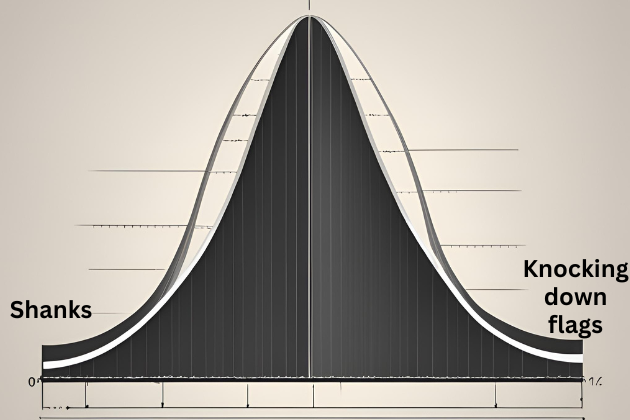
The Frustrating Middle
Being a mid-handicap player – someone between those two extremes mentioned above – may be the most frustrating. As a 10 handicap, you’re an above average player. You’re capable of hitting really nice shots. But you can also hit terrible shots. It’s not out of the question for you to lay the sod over a chip or duck hook your drive.
To stop telling yourself The Lie, you need to understand your peak, your range, and your average.

Peak Performance
This is the one that most golfers know best. What are you capable of doing when everything goes right? It’s the most fun element to think about, and it’s a key to good strategy. If you have the horsepower to hit it 225 yards off the tee, you shouldn’t aim at the lake that’s 220 yards away.
That said, many golfers dramatically overestimate their peak. This is the golfer who waits for the green to clear from 275 yards out after driving it 210. Learn your actual peak – distances, shot control, etc – instead of playing on hopes and dreams.
Learn about your peak, range, and averages with these tips HERE
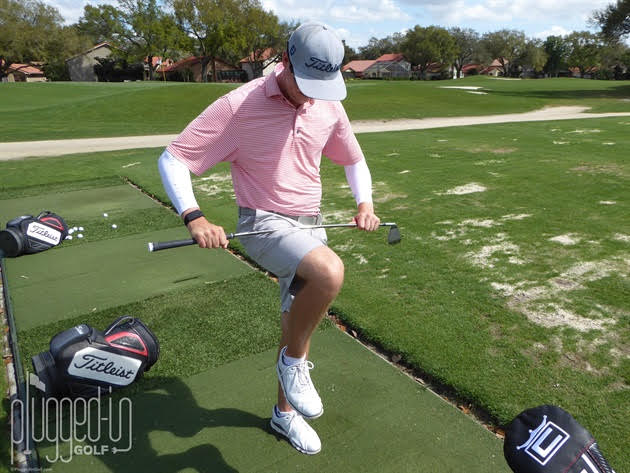
The Other Side of Your Range
Most sports psychologists would caution against negative thoughts, but it’s important that we’re aware of what kind of bad shots we hit. I know that a snap hook off the tee is never out of the question, and I’m capable of thinning a routine chip. That doesn’t mean I hope for those outcomes, but, if I’m going to operate in reality, I need to be aware that they exist.
We can go a step further and consider what situations make those bad outcomes more likely. Do you slice more when you’re under pressure? Do you hit it fat when faced with a forced carry?
In practice, we can work on eliminating these poor shots. When we’re playing, we need to know they exist so we can minimize the damage they can cause. Here’s an example: if I haven’t played lately, thin chips are more likely. That may lead me to use my putter around the green more often, especially if there’s trouble long. I’m not throwing in the towel, I’m not giving up on the idea of ever being a good chipper, I’m just adapting my strategy to my strengths and weaknesses.
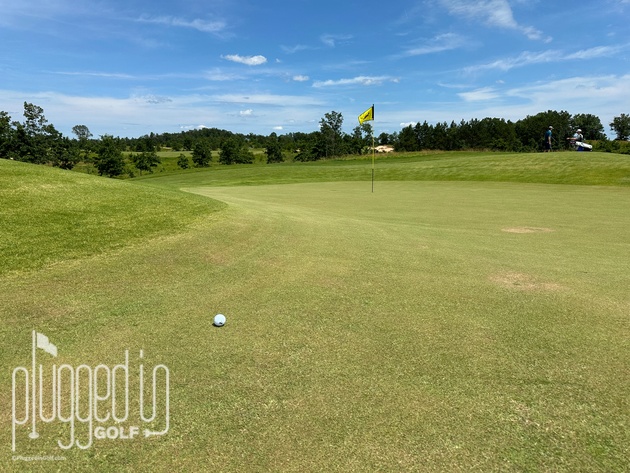
Averages
The most important thing to know about your game is your average outcome with each of your clubs. This starts with distance. You can’t score well if you’re constantly expecting to hit the ball your all-time best distance; play for your average carry. Similarly, while we all love hitting a laser at the flag, those are rare. Play for your most common shot shape.
And remember that with every shot, you are aiming your whole shot pattern, not a single point. The size and shape of your shot pattern will change from club to club, and you need to think about getting the biggest chunk of that shot pattern into the best position possible.

Play the Odds
If you know about your peaks, ranges, and averages, what should you do? Play the odds. Most of the time you’re going to hit an average shot. Pick a club, a shot, and a target that will give you a good outcome most of the time. Give some consideration to the extremes, especially when there are stroke hazards involved, but play for the fat part of the bell curve.
Laugh it Off
Have you ever seen someone throw a tantrum when they find out their Powerball ticket isn’t a winner? Of course not. Everyone knows that most lottery tickets are losers. You buy a ticket to have a laugh and a chance at something great. When it doesn’t go the way you hoped, you give a wry smile and move on. If it does come through, you can be elated.
We should treat golf much the same way. Most of our shots are going to be average. That’s fine. Go hit the next one. When one of the bad ones pops up, laugh it off. Go hit the next one. And when you’re lucky enough to get one of those shots from the top 1% of your range, recognize that it’s special and enjoy the hell out of it.
He founded Plugged In Golf in 2013 with the goal of helping all golfers play better and enjoy the game more.
Matt lives in the northwest suburbs of Chicago with his wife and two daughters.
- Performance Golf Click Stick Training Aid Review - October 18, 2024
- Callaway Opus Platinum Wedge Review - October 17, 2024
- When to Take a Break from Golf - October 15, 2024



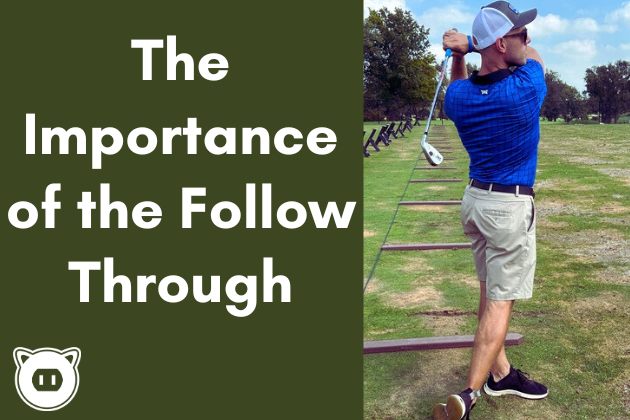
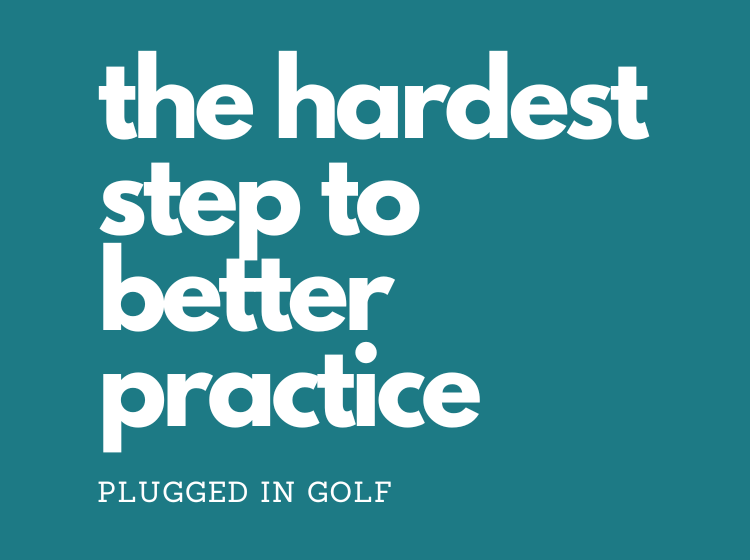









16 Comments
All great points, Matt. As a 30 year golfer, I will add that many also fail to acknowledge lucky breaks in a round, like slicing towards OB only to have a tree kick it back into play. That par or bogey could have easily been double or triple yet I rarely hear that during theoretical post round discussion.
Excellent article!!
Matt,
This really spoke to me as a HH. Surprisingly,
I realized this applies to me in another part of
my life. A big part. Thanks for speaking
“ the truth”. Kent in Saginaw
Thanks, Kent! I’m glad you found it helpful.
A very good lesson for almost all of us.
Thanks, Don!
Matt: l think this is the best article you’ve ever written and there’s been a lot of them. Thank you for such sound advice.
Thank you, Dan. That means a lot.
Great article, I would also add it’s a much better experience playing with partners that can accept the outcome and play on. I’ve been with players that may have played at a high level at one time in their lives like college level and now time constraints or health issues have eroded their ability. It can be miserable playing in their presence.
“I can’t believe it. I shot an 82 last week”. Heard that one many times. Usually after a topped driver dribbles 20 yds to the ladies tee
Did we play together? : )
That may be why some folks like to play for money in match play games. They are gambling that one of those rare great shots may put a dollar or two in their pocket and when they hit a bad shot, they pick their ball up and go to the next hole and don’t look back.
Great insight and logic. It does get annoying when I play with a just met on the first tee for the first time 20 handicap player who rants and raves about his poor game. It affects my composure and game, too. I rarely say anything but am
constantly thinking “Go get a series of lessons, or stop playing if it’s so annoying”.
Don’t be bashful about resetting his perspective. I’ve said this at least 10x in my golfing life: “How many times did you practice last week?” and when they say ‘None’ I tell them they don’t have the right to bitch because if you won’t practice, you won’t ever be good enough to complain. Honestly, not once has any of them ever even grumbled back, and it halts at least some of the whining and poor behavior.
Great article Matt – of late I’ve found these points to be spot on. Just yesterday I nailed an approach shot 2’ left of the pin from 90yds out. Is that the norm? By no means, but rather the exception. The next time, while I may remember how well that distance was played, I will not expect that result. I try to keep my mantra simple – work to consistently execute, hope for the best, expect the worst and be accepting of the results.
Love this article Matt! If more acknowledged and adopted this perspective the experience would be more fun and likely a faster pace of play. BTW, huge thank you for abandoning the AI cartoon graphics!